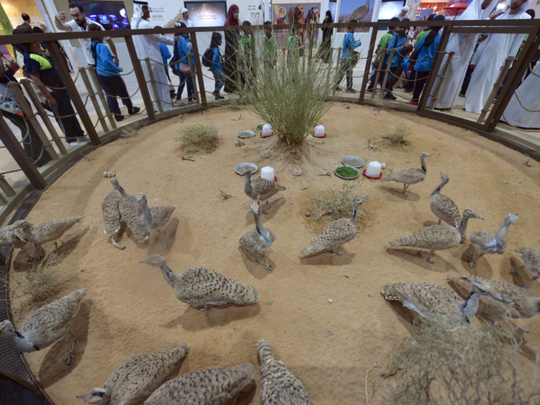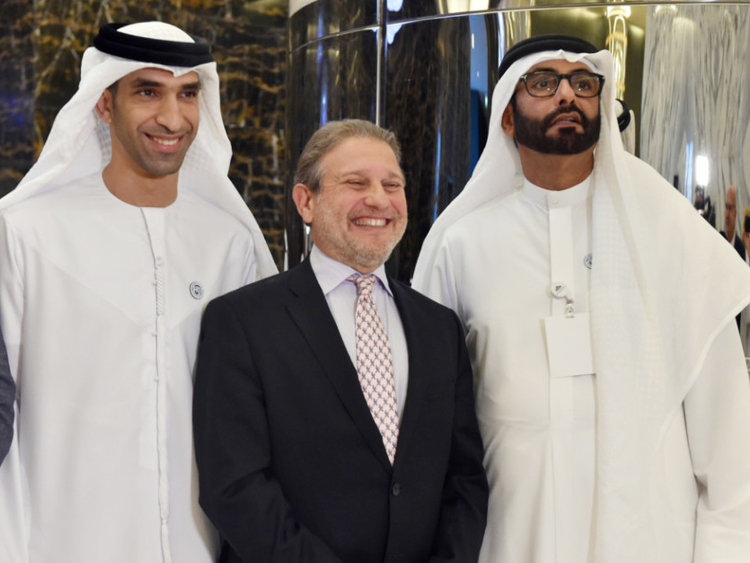
Abu Dhabi: A long-term effort to protect an endangered bird has helped improve lives of many villagers in 17 countries, according to a senior official.
The UAE has been carrying out an ambitious programme since 1970s to conserve the houbara bustard, a large-bodied bird, with long legs and a slender neck that has been synonymous with Arab culture and an integral part of traditional Emirati hunts.
— Dr Thani Bin Ahmad Al Zeyoudi | Minister of Climate Change and Environment
This programme has helped socio-economic development around protected areas in the bird’s range countries, from Morocco to Mongolia, a top official told Gulf News on Sunday.
“The houbara conservation programme has made a positive impact on ecosystems [in those countries]. The life comes back easily there and flora and fauna grow up, which helps improve the agriculture [in the surrounding areas]. This enriches the livelihood of farmers and farmworkers,” said Dr Thani Bin Ahmad Al Zeyoudi, UAE Minister of Climate Change and Environment.
The houbara habitats are hotspots of recreational hunting that has augmented ecotourism, offering opportunities of jobs and enterprises for local communities, he said on the sidelines of an international summit on the conservation of the houbara in Abu Dhabi, organised by the UAE’s International Fund for Houbara Conservation (IFHC).
The IFHC’s three breeding centres in Abu Dhabi, Morocco and Kazakhstan produce 50,000 houbaras a year and release them to the wild. “We give them back to the nature,” Al Zeyoudi said.
The minister inaugurated the summit attended by over 70 delegates representing 17 range countries, who discussed ways to further preserve the species. “The UAE’s wise leadership has been making efforts to achieve a balance between economic and social development, and the preservation of cultural, social and environmental heritage,” Al Zeyoudi said in his inaugural speech.
Majid Al Mansouri, IFHC’s managing director, said: “This is the first ever gathering of senior officials from across the range of the houbara; a bird that we in the Gulf hold very dear to our hearts. The challenges we face are ones shared across the species’ range, and only through collective international efforts can we reach our ultimate objective to provide a sustainable future for the houbara in the wild,” he said.
Houbara helps women’s empowerment in Jordan
The houbara conservation programme supported by the UAE has helped women’s empowerment in villages surrounding the protected areas in Jordan, a Jordanian official told Gulf News.
The conservation projects have boosted ecotourism and local communities make 350 organic products for tourists and earn money, said Khalid Irani of Jordan Royal Society for Conservation of Nature.
“Women paint ostrich eggs [which are very popular]. When women earn money, their social status is improved,” he said.
It has helped educational development also as women are able to send their children to schools thanks to the newly earned money.
Hundreds of villagers around two houbara protected areas supported by the UAE have benefited by this economic development, Irani said.
Jordan has nine wildlife protected areas and around 10,000 villagers in the vicinity have improved their lives, he said.
In figures
50,000 houbaras currently bred by 3 breeding centres a year
17 range countries
400,000 birds produced so far
300,000 birds released to wild so far













